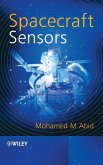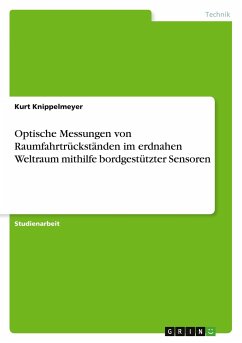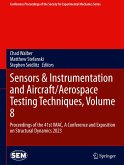Aerospace craft operate in three dimensional space, and thus must control for complex motions and dynamics. They also have challenging communication, navigation, and automation requirements. For these reason, sensors are absolutely critical to proper aerospace fight and function. This authoritative survey of all major classes of sensors used in aerospace vehicles and support systems will quickly bring the reader up to date on the most recent advances in types of sensors, their uses, and how they can be integrated with one another for total system controls. "Aerospace Sensors" offers invaluable guidance to both practicing aerospace engineers as well as engineering students in aerospace, mechanical electronics, and systems engineering. The reader will find valuable guidance on:
Principles of operation, design and performance for major classes of aerospace sensors - from gyroscopic inertial navigational systems to accelerometers, to electronic compasses
Coverage on radio-altimeters and other autonomous radio sensors for motional parameters
An introduction satellite navigation systems and their aerospace applications, including GPS, GLONASS and GALILEO
Designing for sensor integration, including important facets of sensor system choice, integrated measuring system optimization and the simulation of sensor integration by appropriate algorithms
Hinweis: Dieser Artikel kann nur an eine deutsche Lieferadresse ausgeliefert werden.
Principles of operation, design and performance for major classes of aerospace sensors - from gyroscopic inertial navigational systems to accelerometers, to electronic compasses
Coverage on radio-altimeters and other autonomous radio sensors for motional parameters
An introduction satellite navigation systems and their aerospace applications, including GPS, GLONASS and GALILEO
Designing for sensor integration, including important facets of sensor system choice, integrated measuring system optimization and the simulation of sensor integration by appropriate algorithms
Hinweis: Dieser Artikel kann nur an eine deutsche Lieferadresse ausgeliefert werden.








